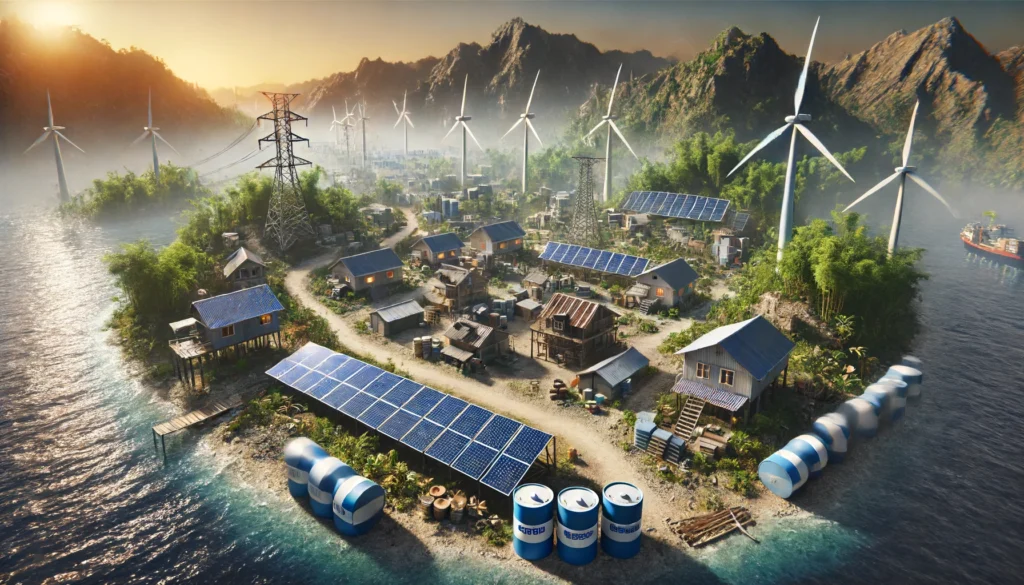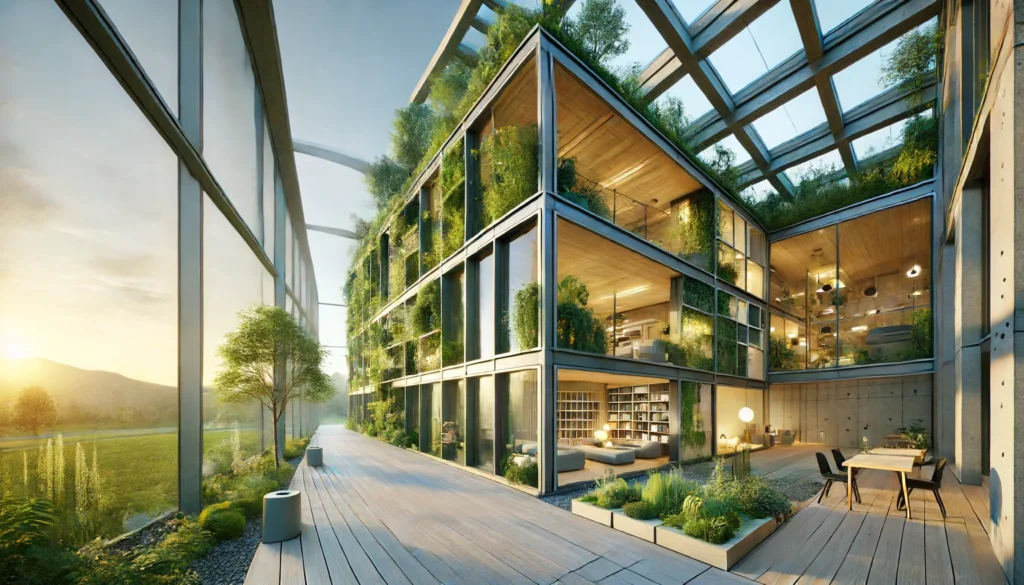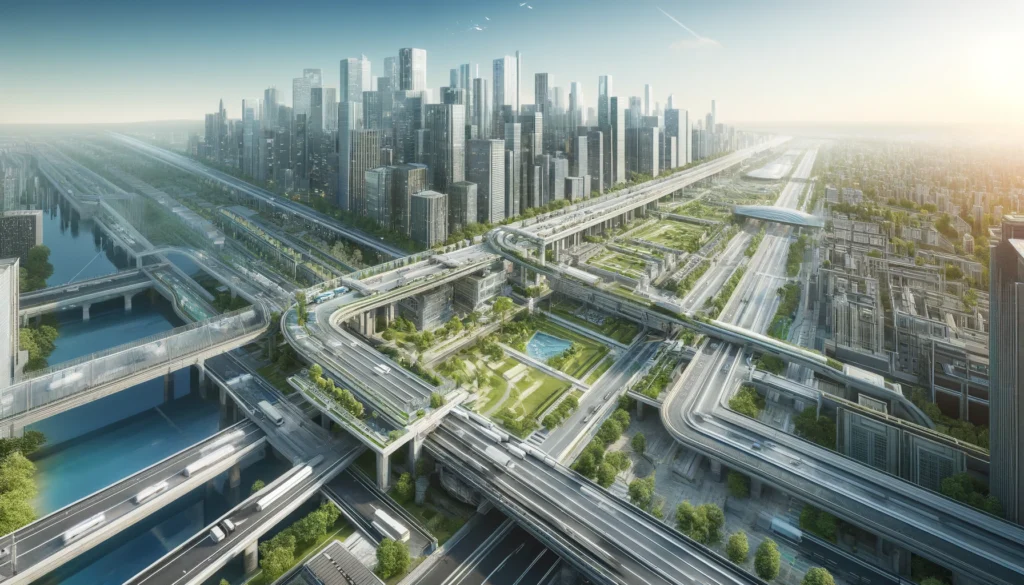As the world pivots towards more sustainable practices, the field of civil engineering plays a crucial role in reshaping how we generate, distribute, and consume energy. By integrating innovative techniques and technologies, civil engineers are at the forefront of designing systems that not only meet our current energy demands but also ensure a greener and more resilient future. This article delves into various civil engineering solutions that are pivotal for sustainable energy distribution.
The Importance of Sustainable Energy Distribution
Sustainable energy distribution is essential to mitigate climate change, reduce environmental impact, and promote energy efficiency. The transition from fossil fuels to renewable energy sources like wind, solar, and hydropower necessitates rethinking and redesigning existing infrastructure. Civil engineers are essential in this transition, ensuring that energy systems are both efficient and environmentally friendly.

Smart Grids: The Backbone of Modern Energy Systems
One of the most significant advancements in energy distribution is the development of smart grids. Unlike traditional power grids, smart grids use digital technology to monitor and manage the flow of electricity from all generation sources to meet the varying electricity demands of end-users.
Key Features of Smart Grids:
- Real-Time Monitoring: Smart grids continuously monitor energy consumption and distribution, allowing for real-time adjustments to improve efficiency.
- Renewable Integration: They facilitate the integration of renewable energy sources, balancing the supply and demand dynamically.
- Energy Storage Solutions: Advanced storage solutions, such as battery systems, are incorporated to store excess energy and provide it during peak demand periods.
Interesting Fact:
Smart grids can reduce energy consumption by 10-15%, significantly lowering greenhouse gas emissions.

Microgrids: Localized Energy Distribution
Microgrids are smaller, localized grids that can operate independently or in conjunction with the main power grid. They are particularly useful in remote or disaster-prone areas where the main grid may be unreliable.
Benefits of Microgrids:
- Resilience: Microgrids can continue to operate during power outages, providing critical energy needs.
- Renewable Integration: They often incorporate local renewable energy sources, reducing reliance on fossil fuels.
- Community Empowerment: Local communities gain greater control over their energy resources, enhancing sustainability efforts.
Interesting Fact:
During Hurricane Sandy in 2012, microgrids helped keep critical facilities like hospitals and emergency services operational when the main grid failed.

Energy-Efficient Buildings and Infrastructure
Civil engineers also focus on designing buildings and infrastructure that minimize energy consumption. This includes the use of energy-efficient materials, sustainable construction practices, and innovative designs that maximize natural light and ventilation.
Strategies for Energy-Efficient Buildings:
- Green Roofs and Walls: These features provide insulation, reduce heat island effects, and promote biodiversity.
- Advanced Insulation Materials: High-performance insulation materials reduce the need for heating and cooling.
- Passive Solar Design: Buildings are oriented and designed to make the most of natural sunlight for heating and lighting.
Interesting Fact:
Buildings account for about 40% of global energy consumption, so improvements in this sector can have a massive impact on overall energy use.

Renewable Energy Infrastructure
Civil engineers are instrumental in the development of infrastructure for renewable energy sources. This includes the construction of wind farms, solar panels, and hydroelectric plants, each requiring specialized knowledge and techniques to maximize efficiency and minimize environmental impact.
Key Projects in Renewable Energy:
- Offshore Wind Farms: These projects harness wind energy at sea, where wind speeds are higher and more consistent.
- Solar Highways: Innovative roads embedded with solar panels generate electricity while serving as transport routes.
- Tidal Energy Systems: Utilizing the natural movement of tides to generate electricity in coastal areas.
Interesting Fact:
The world’s largest offshore wind farm, Hornsea Project One in the UK, generates enough electricity to power over one million homes.

Conclusion
Civil engineering solutions are at the heart of sustainable energy distribution, driving innovation and efficiency in how we manage our energy resources. From smart grids and microgrids to energy-efficient buildings and renewable energy infrastructure, the contributions of civil engineers are vital in paving the way towards a sustainable future. By embracing these advancements, we can reduce our environmental footprint and create a more resilient and sustainable energy system for generations to come.


